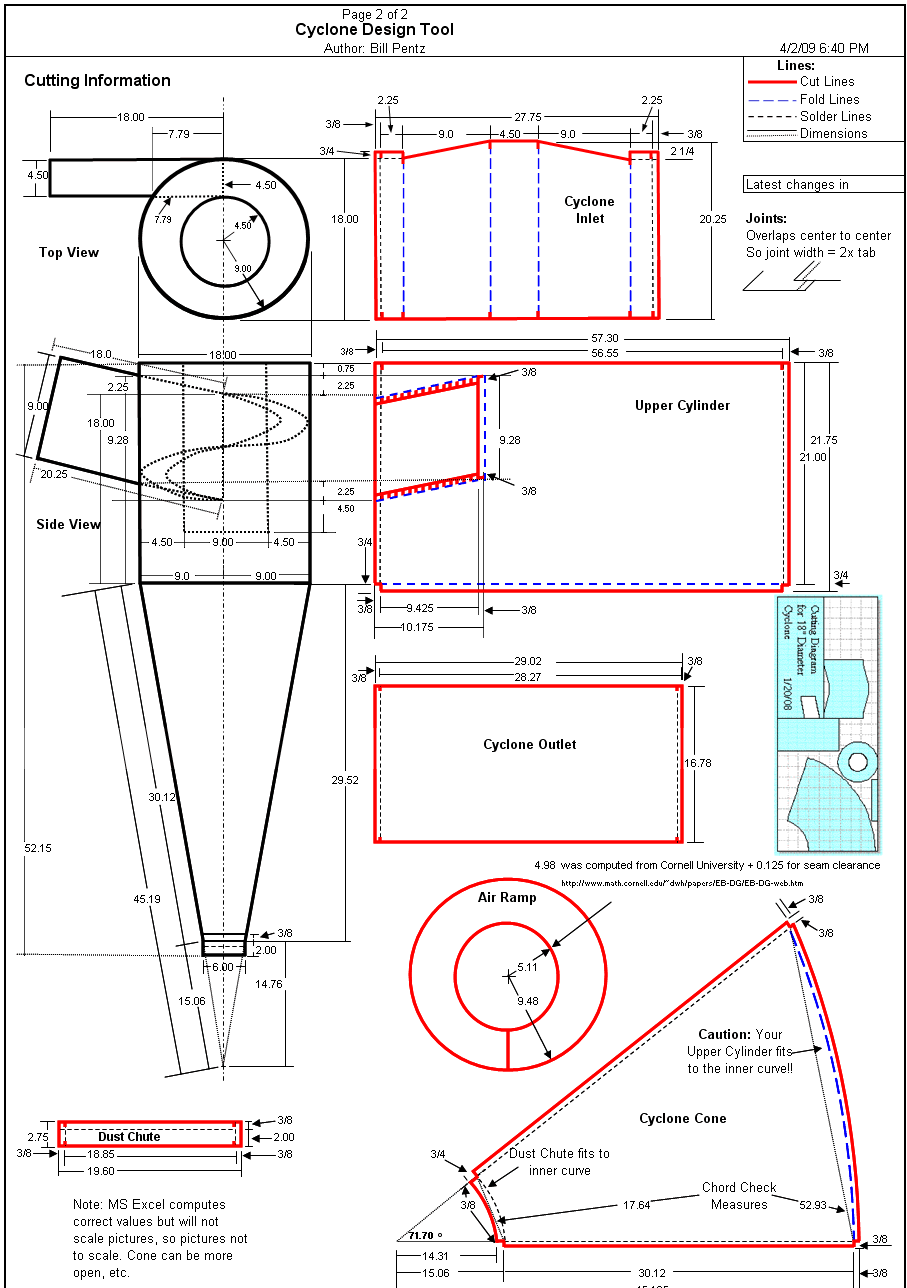Hi Daniel,
Thank you for expressing interest in our systems we are glad to hear you are considering us as an option despite the fact that we are so far away. There may be different options for shipping, the least costly option would probably be to look into a freight forwarder however I will give you the UPS rate to ship it directly from us to you. You will receive Practical after the sale service, as well as anyone who lived in the United States. We actually just have one facility in Syracuse, New York so we do all of our consulting, designing and trouble shooting from this location no matter where you are in the world. The 50hz units are compatible in Australia.
- 1. The Super Dust Deputy would cost $289.00. If shipped via UPS the cost would be $523.24
- 2. The 50hz model is compatible in Australia. I have attached information on the 2hp 50hz V system. It would look slightly different…. This is an old picture. See the current web picture of the V system for actual design. Pricing is included in the document. Shipping to your post code via UPS would be $2817.93.
Again, your best option is to check with a freight forwarding company. If you do check, I would be very interested to hear the pricing that was determined. If you are interested in the galvanized steel cyclones for a 2hp/1500 cfm dust collector you would use the C950 cyclone. The cost for that cyclone is $446.52. Shipping to your post code would be $1173.85
Please feel free to contact me directly with additional questions about any of our units or concerns about dust collection in general. I look forward to hearing your feedback.
Thank you,
D B
Oneida Air Systems Inc.
1001 W. Fayette St.
Syracuse, NY 13204



























































.png)